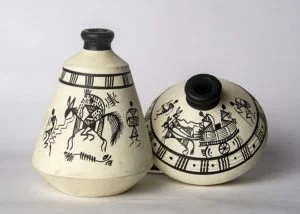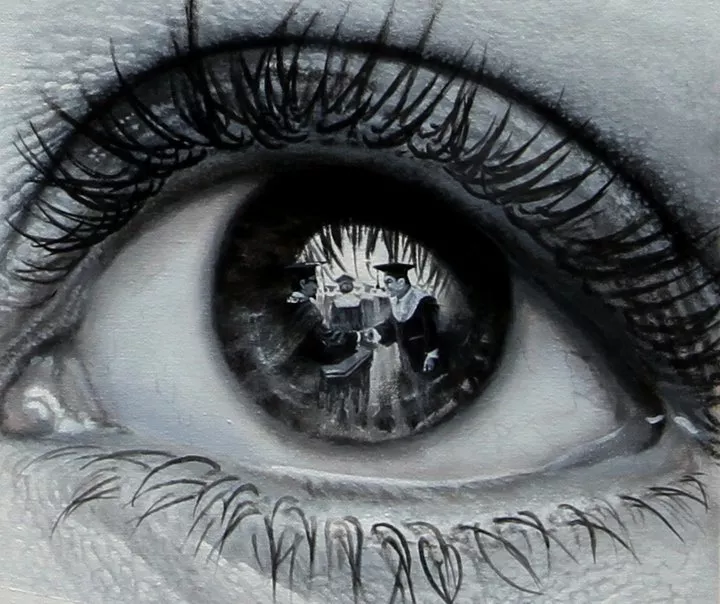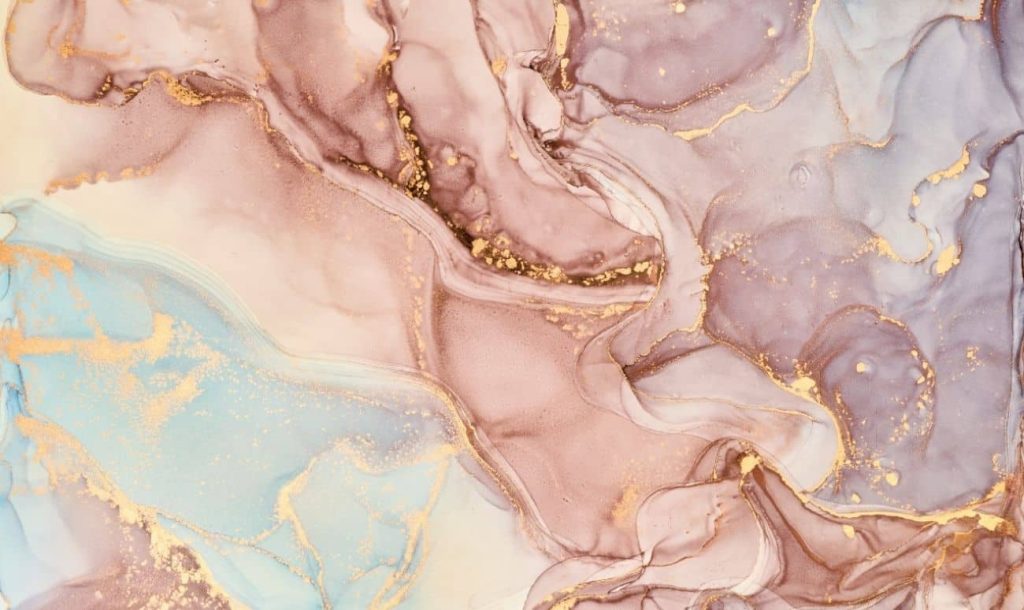Art therapy refers to the use of artistic methods to treat psychological disorders and improve mental health. It supports the notion that creative expression can aid healing and mental well-being.
Art therapy became a formal treatment technique in the 1940s when doctors observed that individuals with mental disorders expressed themselves through drawings and other artworks. Since then, art therapy has become an integral part of any treatment. In addition, it is also a reliable assessment technique.
Here, we introduce you to this technique to know about everything related to Art therapy.
History And Development Of Art Therapy
Art has been used for communication and as a means of self-expression for centuries. Cultures around the world have incorporated painted or craved idols and charms to spread their beliefs. Additionally, all religious books contain intricately painted images of the teachings of God.

However, despite art being so widespread, Art therapy was established only in the mid-20th century. In 1942, British artist Adrian Hill discovered the positive benefits of painting and drawing while recovering from tuberculosis. Hence, he called the technique Art therapy. Following this, many renowned psychologists and writers in the mental health field began to describe their work with patients while using this technique.
Since there were no professional courses for the subject, individuals were trained by psychologists, psychiatrists, and mental healthcare workers in other related fields.
Primary Contributors To The Field
Five influential writers in the 1940s made notable contributions to the development of Art therapy as a recognized treatment method. They are-
Margaret Naumburg
Margaret Naumburg is viewed as the founder of Art therapy. She was an established writer in the Walden School in New York. Naumburg believed that children allowed to pursue their subjects of interest and express themselves creatively would experience healthier development. Inspired by the psychoanalytic movement, Naumburg believed creative processes to be similar to verbal expression.
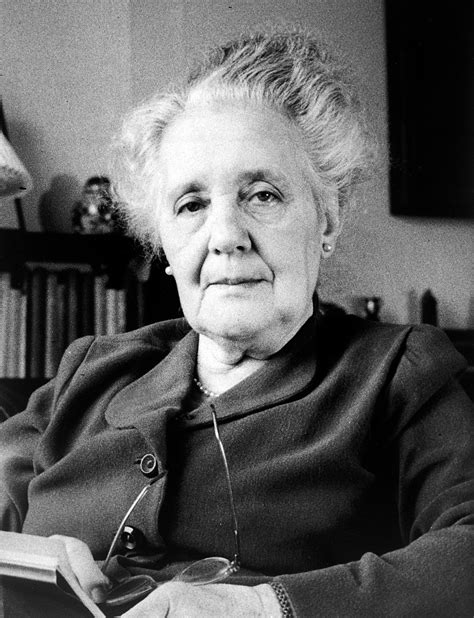
She thought that art was the symbolic expression of a person’s state of mind and that it was a means of unearthing repressed thoughts and emotions. Therefore, Martha Naumburg concluded that people were able to heal themselves by partaking in artistic expression.
Naumburg wrote many books on the subject, including Studies of the “Free” Expression of Behavior Problem Children as a Means of Diagnosis and Therapy in 1947 and Dynamically Oriented Art Therapy: Its Principles and Practice in 1966. Her work is still used by professionals today.
Hanna Kwiatkowski
Another contributor in the field of art therapy was Hanna Kwiatkowski. Educated in Eastern Europe, this gifted sculptor and artist moved to the United States to work at the National Institutes of Mental Health. Here, she introduced art therapy sessions with families into the treatment plan. During these sessions, she found that creative expression allowed individuals to understand their role and status in the family.
Florence Cane
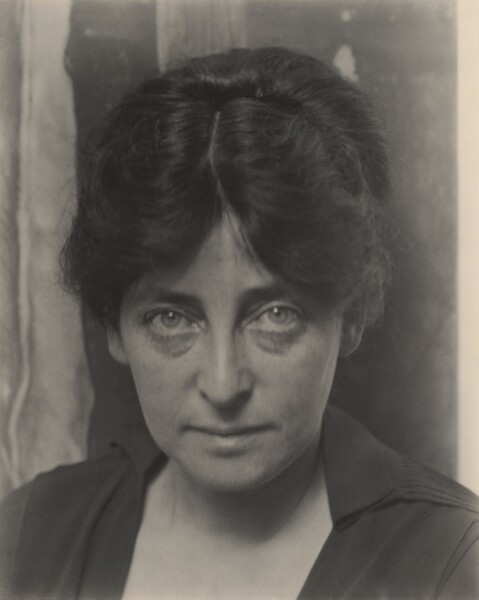
Florence Cane was an art educator who used methods that highlighted the importance of free artistic expression and emotional creativity. Therefore, with her notable contribution, Kane became a premier advocate of healing through art.
Edith Kramer
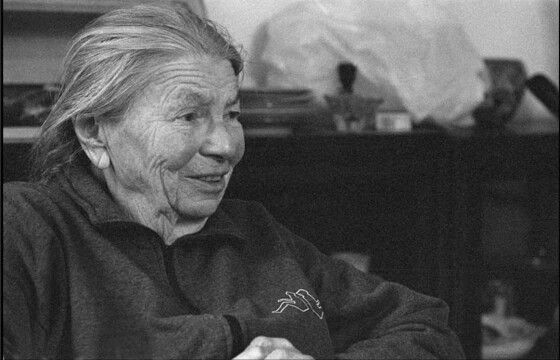
Edith Palmer practised a process-oriented art therapy approach. Her method aimed at supporting the ego and helping the development of identity.
Elnor Ulman
Elenor Ulman initiated the earliest training program in this field. She also established the first Art Therapy Journal in the US.
How Does Art Therapy Work?
Art therapy makes use of artistic materials to activate sensory responses. It enables people to generate imagery that directly connects to their emotions and helps them organize their feelings to form a positive narrative. After this, individuals can become open to communication.
Therefore, the goal of art therapy is to help the patient gain personal insight and new coping strategies that help improve their functioning and quality of life.
Disorders Treated By Art Therapy
Art therapy aids people of all ages and genders. Scientific studies indicate that it can improve communication, concentration and eradicate feelings of loneliness and isolation. Additionally, this type of therapy can increase self-awareness, self-confidence and self-esteem.
Art therapy allows people to express their feelings through creative work. Therefore, it is beneficial for those who feel out of touch with their emotions. Individuals experiencing difficulty remembering painful memories may also find it useful.
Positive results are visible in the following disorders:
- Depression
- Substance Abuse
- Stress and Anxiety
- Cancer
- Attention Deficit Hyperactivity Disorder (ADHD)
- Post Traumatic Stress Disorder (PTSD)
- Eating disorders like anorexia and bulimia
Methods and techniques
Certified art therapists often use artistic theories as well as spiritual and psychological ones as a supplement to clinical therapies. The common techniques used include-
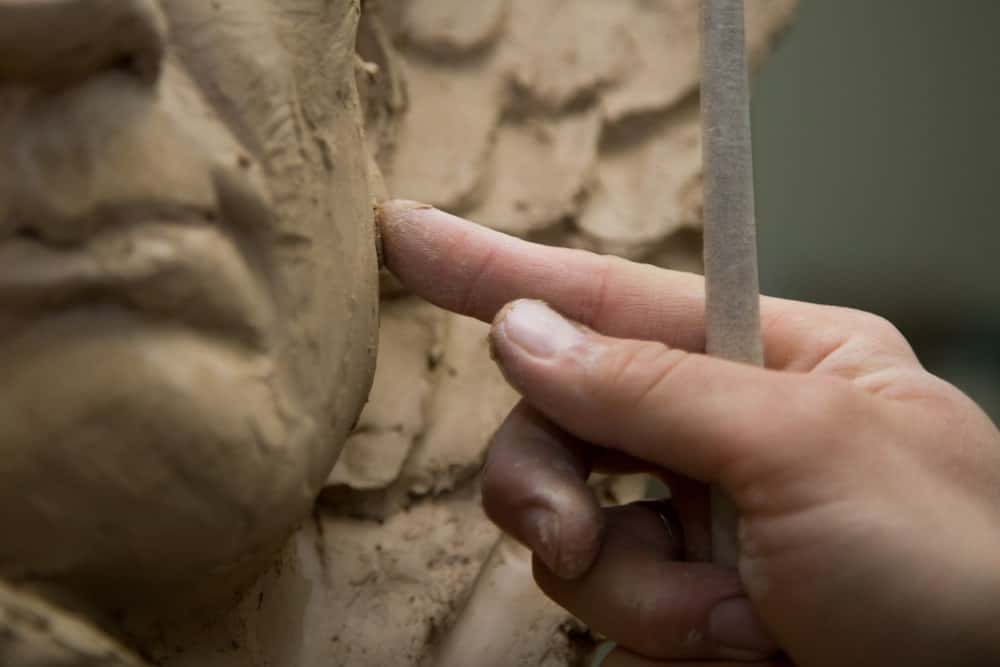
Proven Results Of Art Therapy
Many case studies show the positive results of the technique. A study conducted had women with cancer engage in various visual arts exercises and techniques. While they initially experienced several illness-related challenges such as loss of sleep, confidence, and altered social relationships, after the study, they reported an increased focus on positive life experiences, increased self-worth, maintenance of social identity, and an ability to express their feelings.
Numerous other reports have also supported the therapeutic benefits of art therapy. Chronically ill individuals reported better mental health and well-being, while individuals with breast cancer reported a decrease in negative emotions. Furthermore, patients undergoing hemodialysis had lesser depression, and people affected by trauma have had lower levels of stress and an increased sense of purpose.

Research also indicates that tactile techniques such as working with modelling clay may provide the patients with a refuge from negative feelings.
The use of art therapy as an assessment technique was also reported in studies. In 2004, a study was conducted where thirty-two women with heart disease were interviewed and asked to illustrate their illness.
The resultant drawings were grouped into three categories- firstly, with the heart at the centre, secondly, with the heart in the living body, and lastly, with the heart as a social illness. The use of composition colour and the spatial arrangement was analyzed. The resulting analysis allowed healthcare professionals to understand how each woman viewed her condition and prescribe the right treatment.
Share with your friends
